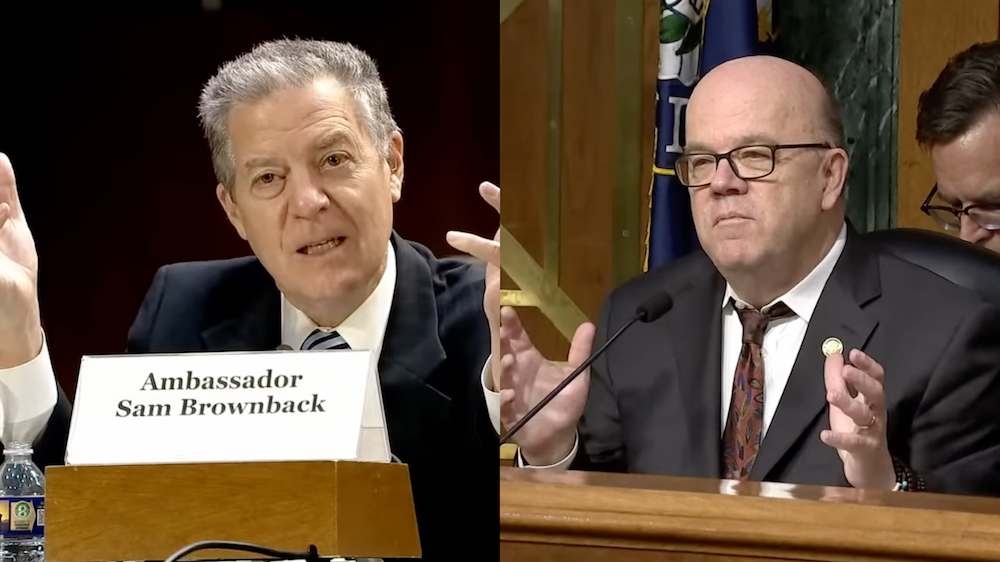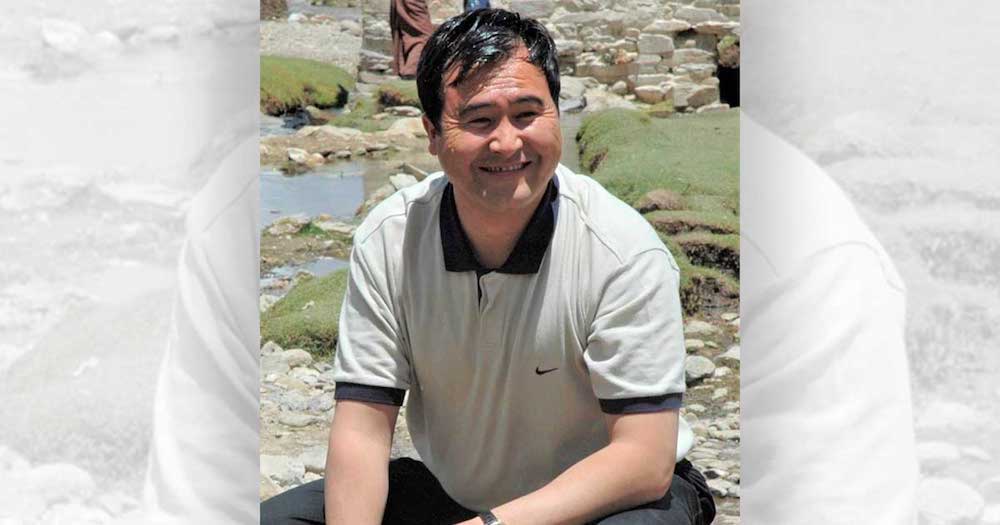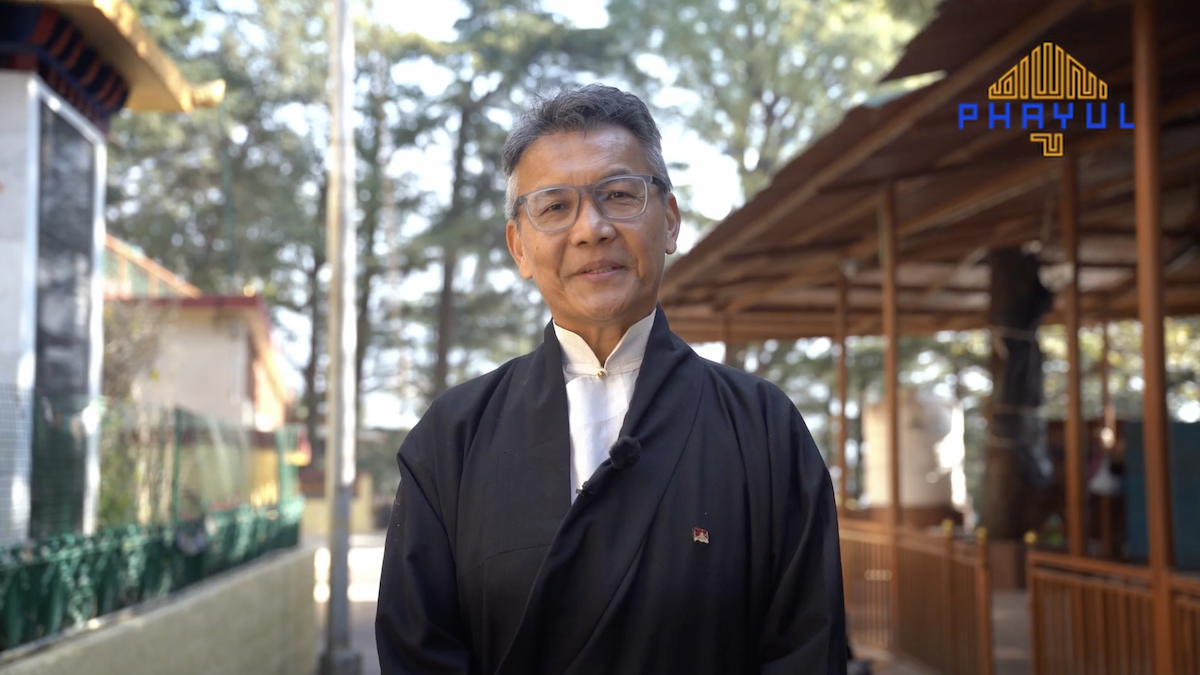Tenzin Nyidon
DHARAMSHALA, Mar. 28: Activist group Students for a Free Tibet (SFT) France has issued a legal notice to Musée Guimet and French Minister of Culture Rachida Dati, demanding the museum reinstate “Tibet” in all its labels, publications, and exhibitions. The notice follows months of appeals and protests against the museum’s decision to replace Tibetan exhibition spaces with the broader term “Himalayan World.”
For the past six months, Tibetan activists and supporters in France have staged weekly demonstrations outside the renowned Parisian museum, which houses one of the most extensive Asian art collections outside Asia. Critics argue that the rebranding erases Tibet’s unique cultural and historical identity by subsuming it into a vague regional category.
“This change is not only historically and scientifically inaccurate, but also supports the Chinese colonial narrative about Tibet,” SFT France stated in its press release. “As a museum with the largest collection of Asian arts outside Asia, such a change in nomenclature appears to be an attempt to erase Tibetan culture and identity, which will have a destructive impact on future generations,” the press release stated.
SFT France President Tenzin Yangchen called on the museum to uphold its responsibility to present Asian arts without “censorship or historical distortion.”
The campaign has gained momentum following a recent victory at another Parisian institution, Musée du quai Branly, which removed the colonial term “Xizang” from its Tibetan artefact descriptions after public outcry. The museum restored “Tibet” in its labels and catalogues following swift mobilization by Tibetans and their allies.
More than 140 Tibet advocacy groups in October last year also challenged Musée Guimet’s terminology, accusing the institution of complicity in China’s efforts to erase Tibetan identity. In a letter addressed to Museum President Dr. Yannick Lintz on Thursday, the coalition demanded the restoration of “Tibet” in its exhibitions, condemning the current terminology as a tacit endorsement of China’s occupation.
“This is not just a matter of semantics,” said Rashi Jauhri of the International Tibet Network (ITN). “By prioritising China’s propaganda over historical accuracy, the museum is actively betraying every patron that walks through its door.”










